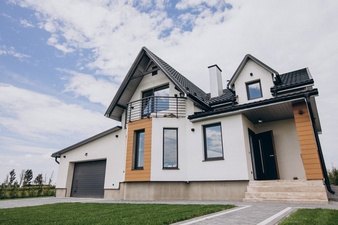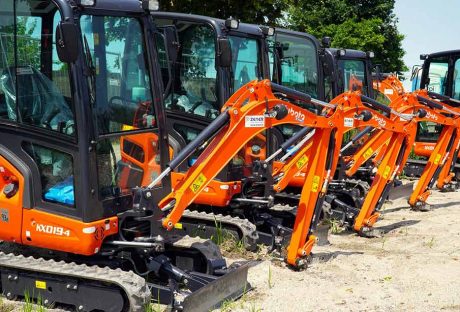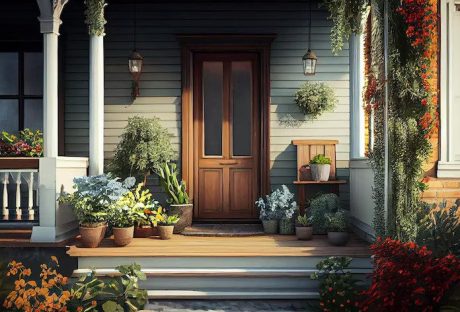Probably you are busy on the web looking for actual home designs that fall within your budget. Or a way to build your dream house without inflating the cost beyond your savings. You are not alone, and many people planning to build their home on a budget are stuck looking for a solution to find a way to own a home making sure quality is not compromised.
Well, the first step for you is to look for a real estate developer to guide you through the process because they know a thing or two more than you do. So, instead of sitting there searching online for solutions that don’t make sense, here are ways to build your home below and still end up with a quality house when everything is complete.
1. Build smaller:
The first step of minimizing expenses when building your house is to cut your overall housing needs. You don’t want to end up with unfinished structure after your money diminishes; therefore, plan for a small house because it will need few materials and the same with spending.
Also, a small house will require you to install few cooling and healing resources to maintain the house temperature.
But before reducing everything, including the size of your house, first, know what your house requires and the family. Planning earlier before you start spending will avoid overspending or going beyond the allocated budget. Never assume that you only need a few items to complete the house just because the house is small.
So, try to balance everything, and this is achievable if you work with a professional to guide the items and the required materials.
2. Look for reclaimed materials:
Looking for reclaimed materials helps you to stay within your budget and void costly things. It saves you money, and you may end up getting high-quality and stunning building materials similar to new ones.
You can even look for old houses that are no longer in use and see whether they can sell some of the valuable materials from the houses. Many people who use this approach save thousands of dollars that would have purchased new materials.
If you get a good deal with reclaimed materials, you may end up expanding your house if the budget becomes reasonable.
However, compare what you are buying with the market prices for you may spend more than expected.
3. Use natural building techniques:
Natural building techniques can save you a great deal of money. For instance, you can use Cordwood in your house to save on purchasing costly materials. It can replace sheathing, studs, insulation, drywall, siding, and finish coverings. For Cordwood, you only need a beam frame built within a post to make your house walls stand.
Even choosing natural methods does not mean you escape from spending too much money. And that’s why budgeting before starting the building process saves you the headache later.
4. Look for cheap or free materials and services:
Going for this option does not mean using used items to build your house. You can look for building materials for low cost or discounts in the market and still get good deals for items that would have cost you a fortune. For services, enquire from family and friends.
They can recommend people they know or service providers they have worked with within the past. That means you get a good opportunity to negotiate building services to amount you feel will not press you financially.
5. Keep water usage areas together:
Trying to combine water usage areas is a great way to save you money. This may save you excess money on plumbing materials spread all over your house. So, the ideal approach is to clump your bathroom, laundry, and kitchen as close as possible to minimize piping needs. You should include the clumping idea in the plan before the house building begins.
6. Forget the costly finishes:
If your budget does not allow you to spend further, you can skip some finishes for a later date. For instance, you can postpone countertops and floor installation until you save money for specifically that work.
Your entire focus should be on building a strong foundation that will guarantee your house stability. Building a house is a lifetime affair; therefore, you need something solid that will shelter you for many years to come, even on a budget.
7. Do-it-yourself as much as you can:
If you can handle most of the building work, it will save on materials and labor. This is where you have to bring your expertise and at the same time know your limit to avoid shoddy work that may end up costing you more to rectify.
Alternatively, rather than hiring many people to handle the project, you can work with architecture and follow their guidelines to save those extra dollars. Some of the task involved does not require a professional to handle them, but observation and application.
Conclusion:
You don’t have to spend a fortune to own a house. There are many options available that you can apply for and end up with a good-looking house. The idea is to build your dream house without spending much money.
























